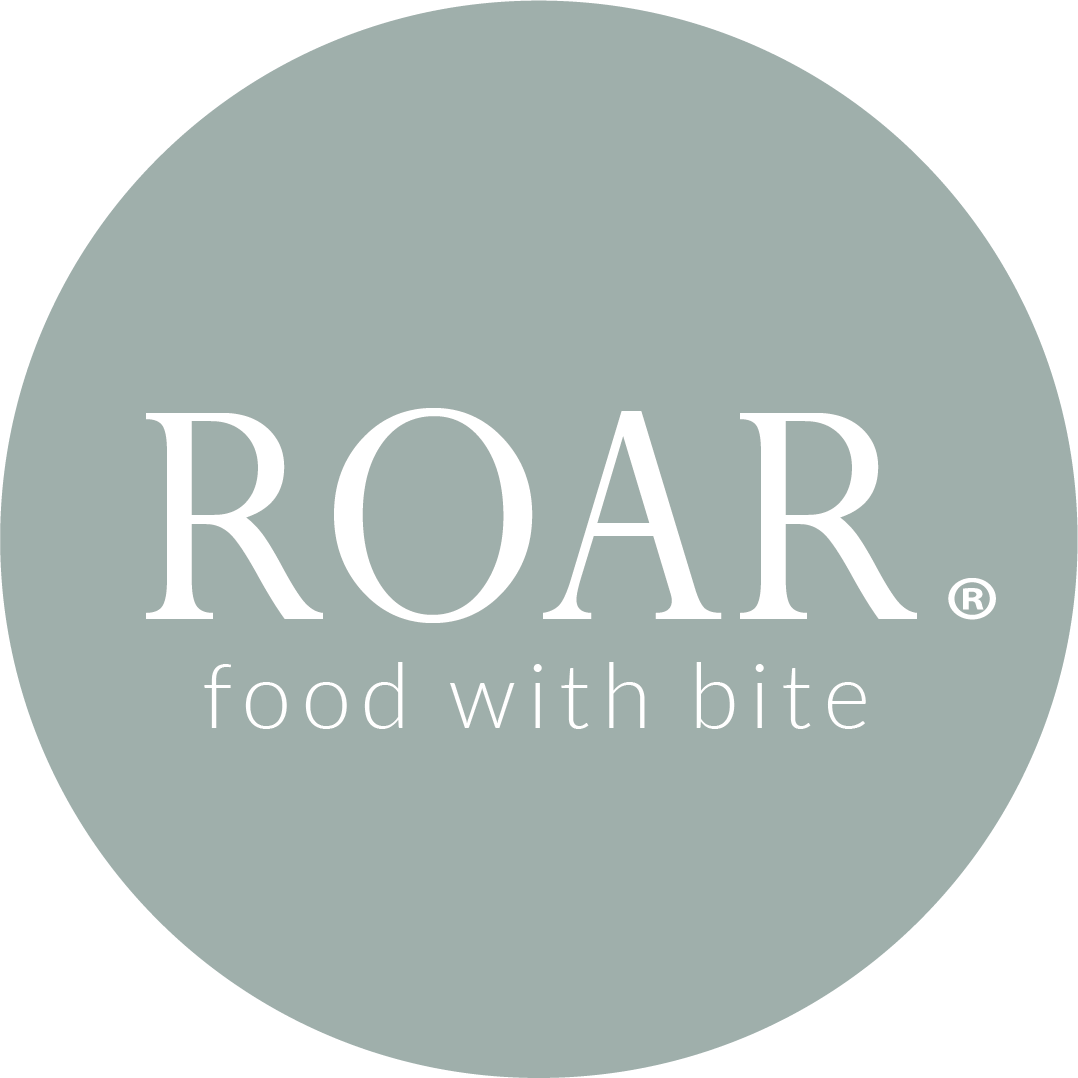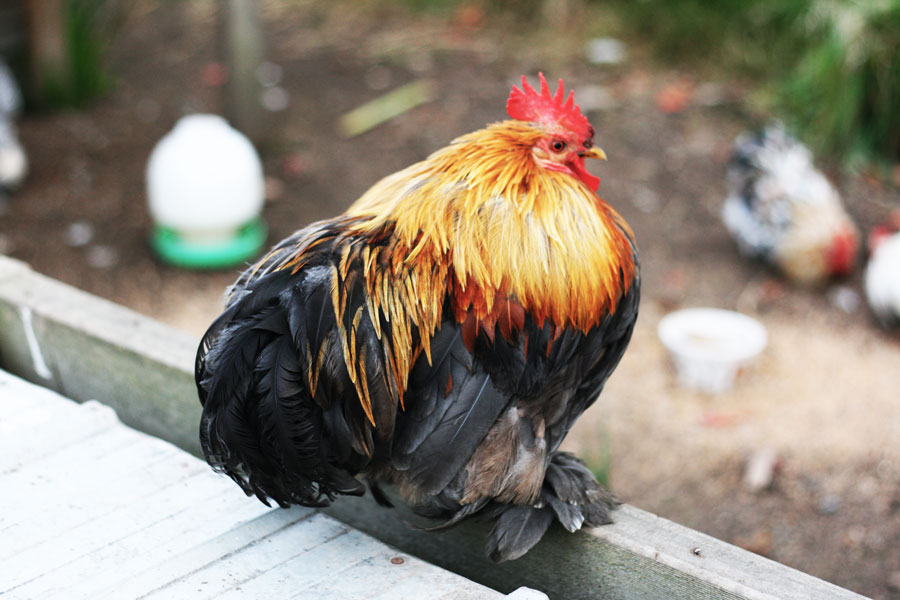FREE-RANGE: Is It All It’s Cracked Up to Be?

Does your brain feel fried when thinking about the ins and outs of buying free-range? With the term ‘free-range’ having no legal definition and industry standards both lax and often misleading, are we really putting our money where our mouth is when we choose to pay for a more humane existence of chickens?
If you are part of the growing trend for people switching from buying cage eggs and barn raised chickens, then you are most likely aware of the horrendous conditions in which both are raised. In the UK, Australia and New Zealand over 80% of people asked say that caged eggs should be banned. Why you may ask?
Well for starters, chickens are birds. They like space. They have natural brooding patterns and generally like walking around looking for worms in the grass. Compare this to the conditions in which most (about 70% worldwide) chickens are raised – either in cages where there is not even enough room for them to stretch their wings let alone flap them or in barns that are so packed full of hens that they literally trample on top of each other.
This may not sound too bad to you, but when you consider the fact that these birds often end up being raised in such unnatural circumstances that they sometimes need to have their beaks cut off so they don’t turn to cannibalism and self mutilation, the situation begins to look a little dire. Coupled with the fact that some birds have so little room to move and are bred so selectively for their meat or egg producing properties that many struggle even to walk properly. Not to mention the fact that bacterial levels of Escherichia, Campylobacter and Salmonella bacteria are through the roof in such intensive farming systems.
What is so bad about caged eggs?
Not convinced intensively farmed chickens is a less than ideal system? Well also consider that chickens are kept awake for as many hours as possible per day to keep them laying eggs or to keep them eating to maintain maximum growth – sometimes to the point of exhaustion or madness. Chickens that are bred for meat are killed after about 39 days of life – and any chicken that isn’t growing fast enough each day is culled straight away. The same goes for any chicken whose egg production drops below producing an egg per day. Put simply, intensive farming systems have been so streamlined that there is basically no room left to treat the chickens with any thought of welfare. The chickens are considered nothing more than food that is grown within a set business model.
So if you have any concern about what a chicken goes through from birth to slaughter then buying any sort of intensively farmed chicken product will likely be an issue for you. However, be aware that this is the price of cheap protein and eggs. Never before has protein been consumed in such large amounts and at such a low price – and this is largely due to the efficiencies (often at the expense of chicken welfare) in chicken farming over the years.
Let’s for the sake of argument say that we are perfectly ready to accept a lack of animal welfare in order to get cheap meat and eggs, as indeed many of us are prepared to do. The next question arises as to whether or not the actual quality of meat and eggs are different with intensively farmed chickens versus free-range or even organic chickens?
This is actually not as easy to answer as you may think. The reason for this is that things like breed, freshness and diet have just as much or more impact on nutrition and flavour than lifestyle. Lifestyle does have some effect as we shall soon see and things like breed, freshness and diet tend in some loose way to be linked with how the chicken is raised.
Take a chicken’s breed for example. Old breeds of chicken tend to have more flavour and are more nutritious than modern breeds of chicken. Why? This is because modern chickens are selectively bred for one thing and one thing only – food production. They are selected to either lay as many eggs as possible or to grow as fast as possible and have large breast muscles which tend to be the favoured cut of meat these days. If you ever get a chance to try Bress chicken – the old French breed and national icon then you will understand what I mean about flavour.
Old breeds are bred for their flavour, and to a certain extent, nutrition. Therefore old breeds cannot compete pound for pound with modern varieties of chicken in terms of pure protein production. This means that they have to be sold as higher value food commodities, which in turn will often be farmed free-range or organic to further lift the value of the bird. So the farming system itself has less effect on flavour and nutrition than other factors. But it still does have some effect.
So what part does lifestyle play in the taste and nutrition of a chicken? Chickens that eat plenty of worms i.e. free-ranging outdoor chickens develop much higher levels of omega fats (essential fatty acids) – specifically more omega-3. Chickens that also have room to flap their wings and walk about freely have more developed leg and wing muscles – the darker meat in the leg and wings of the chicken. These will in turn have more flavour. But the term ‘free-range’ does not guarantee that the chickens will be eating worms and flying about as we shall see.
What does ‘free-range’ mean?
For many of us the term ‘free-range’ means that chickens are raised in much the same manner as you would imagine if you were to raise your own chickens at home (much like the two images above). Access to large fields roaming about free looking for worms amongst the grass. Well you find that this association is almost entirely untrue, despite what pictures on egg cartons and chicken wrappers will indicate. This is for the very simple reason of economics. Large scale, cheap eggs and chicken even if it is free-range needs to adhere to certain constraints of economics which revolve around the cost of land and the cost of chicken feed.
So what does free-range mean? In Australasia it actually has no legal definition. And the only criteria in the USA for free-range is that the chickens have some access to the outdoors no matter how small and restricted that is. And this only applies to broiler hens (i.e. hens bred for their meat not their eggs). There is no definition for ‘free-range’ for laying hens in America. So in simplistic terms ‘free-range’ means very little in these countries other than chickens need have conceptual access to the outdoors even if this is only a square metre of unshaded muddy field for thousands of chickens. In Europe there is a minimum requirement that needs to be met before you can claim your eggs or chickens are ‘free-range’.
Now before you get too angry at all the extra expense you may have paid to get free-range chicken or eggs for no reason at all, it must be pointed out that there are self regulated industry guidelines that suggest minimum standards. These standards differ slightly between countries but are always better standards than barn or caged farming systems.
So the chances are that most free-range products are produced using much higher welfare standards than non free-range. And it should be pointed out that certified organic chicken products have even higher standards of quality and welfare that need to be met in order for them to be certified. Basically organic chickens will have far more room to roam and live and are not allowed to have their beaks clipped which means the farmer has to ensure they are in a sound enough mental state to not eat each other.
This brings us to the question of what the standards of ‘free-range’ are ? What does your extra money buy you (assuming you aren’t buying from an unscrupulous supplier that may sell their eggs as free-range with no extra standards applied)? Again standards differ a lot between countries so it is hard to give you complete facts here. But a standard barn raised broiler hen has about 7.5cm2 space per hen versus 50cm2 minimum in Australia and 400cm2 in Europe and organic farming systems.
Let’s just reflect upon this – 7.5cm2 is about the size of a human hand! In this kind of density chickens are literally packed in like sardines and have to trample each other to move – even to the point where weaker chickens are trampled to death. Not to mention the aforementioned cannibalism, a litmus test of a bird’s questionable state of mind amongst animal welfare groups. Half a metre per hen is still pretty packed but not quite to the same level of cruelty I am sure you will agree. And the European and organic standards of one hen per 400cm2 is quite luxurious.
So what does it all mean?
Now you may be feeling a little let down by legislation right now if you are a free-range advocate. Or you may not care about the hen’s welfare and just want the cheapest meat and eggs possible? You may care about the hens welfare but not enough to change your behaviour? This is the situation for most of us. The fact is that even if we do buy free-range, the eggs in cakes we buy are most likely not. The same goes for chicken sandwiches, bacon and egg McMuffins and most other commercial egg products like mayonnaise etc.
But if you think that is a reason to give up on caring about the welfare our favourite bird then you would be wrong. Governments, farmers and food companies are beginning to slowly recognize (along with science) that intensive farming systems for chickens are completely inhumane. The European Union has announced a date where cages will be completely fazed out. Companies like McDonald’s and KFC have started announcing around the world that they are looking into getting a supply of free-range eggs and chicken. And governments around the world are being pressured to legislate definitions of food labeling including ‘free-range’.
The fact is that by buying free-range you are buying chicken products that are still mass produced but to a minimum of humane standards. It is by no means ideal for the chicken but it is certainly not as cruel. And yes in some countries there may be unscrupulous companies that label their eggs as ‘free-range’ or ‘organic’ that are nothing such. Look for third party certifications to be sure that minimum standards being met. And if the eggs seems too cheap then it is most likely for a reason. A European Union socio-economic report on free-range eggs suggested that they take about 30 cents in the dollar more to produce i.e. 50% higher. So you should expect to pay that much more at the counter.
And whilst free-range and organic is not a guarantee of better quality itself, there is a higher chance that higher quality suppliers will have these labels on their food and therefore a higher chance that these things will be higher quality. The best way to ensure quality is always the same. Know your farmer, know your supplier and know your retailer. Support small scale businesses and you are far more likely to be looked after and know where your food is coming from.
Still, sorting fact from fiction in the free-range market place will remain as hard as a boiled egg until governments legislate to bring unscrupulous suppliers into line.





2 Replies to “FREE-RANGE: Is It All It’s Cracked Up to Be?”